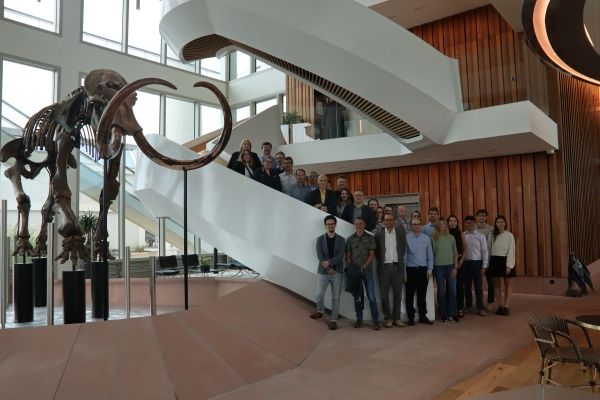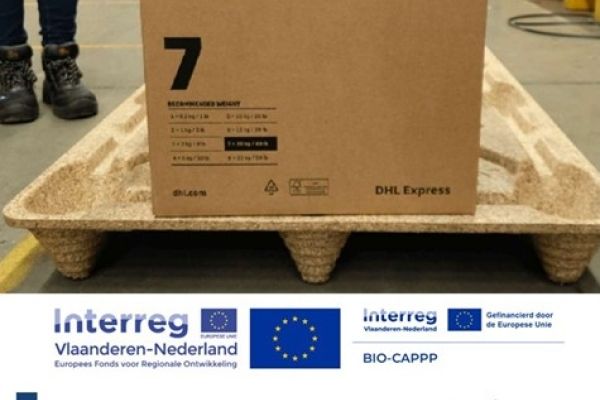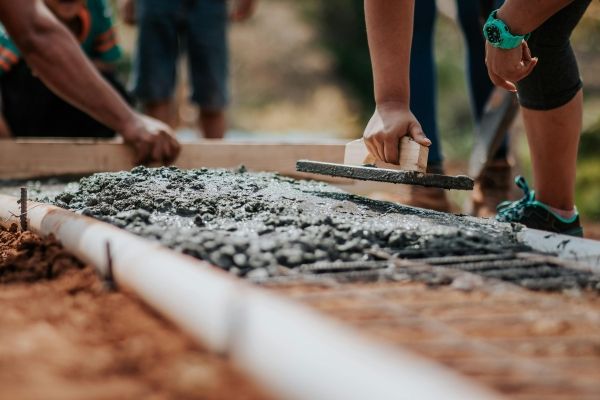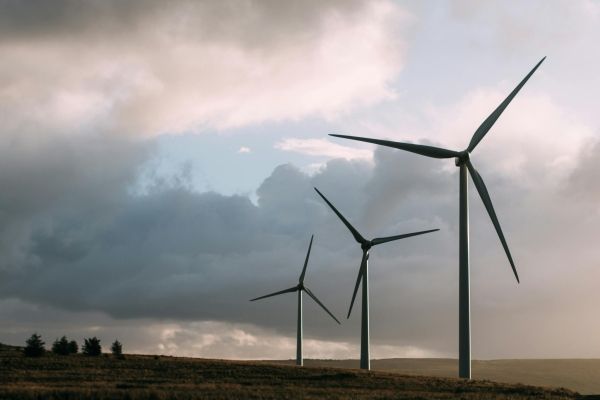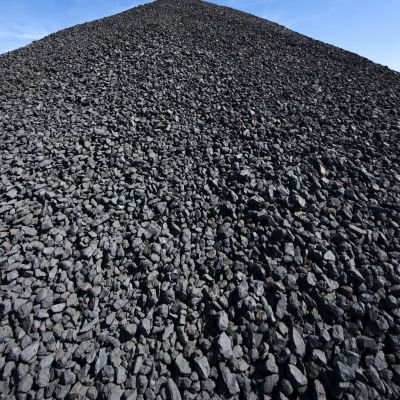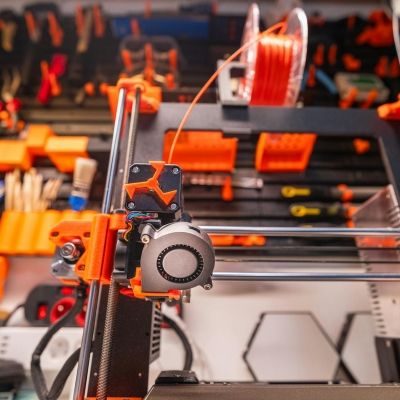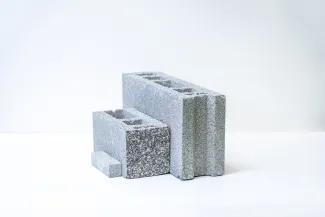
Carbstone: converting CO2 to building materials
At VITO we've developed a technology to convert calcium rich slag into tiles, roof tiles, paving bricks, kerb stones, building blocks etc. This is done by adding carbon dioxide instead of expensive binders such as cement. The process is called carbonation.
The steel industry in Flanders produces 700,000 tonnes of steel slag annually. Worldwide, we're looking at 200 million tonnes. Until recently, this fine fraction of slag had no use. By adding carbon dioxide it is now converted into high-value sustainable building materials.
Carbonation in 3 steps
- Calcium-rich steel slags are grinded into an utra-fine powder.
- The powder is mixed with water to create a homogeneous mixture and pressed into a given shape.
- The porous stones are placed in an autoclave and treated with CO2. Carbon dioxide is absorbed and converted into calcium carbonate, a strong binder that replaces cement.
The result: a durable building material with the same characteristics as classic brick products.
What's the big difference? CO2 is permanently stored instead of released into the atmosphere.
The advantages of carbonation
- Steel slags are 100% reusable: all metal waste goes back to the steel plant, slag residues are turned into all sorts of building materials.
- Carbstone is just a strong as classic tiles and bricks.
- CO2 is used as a binder instead of cement: it's cheaper and more sustainable.
- Carbstone-technology captures CO2, contributing to global climate goals.
- In future other waste streams may be processed in the same way.
1 m³ bricks = 350 kg CO2 netto stored
What's next?
Carbstone opens new perspectives for the future. Other waste streams may be processed in the same way. It's all about closing the materials loop.
Carbstone is ready for the building materials industry. ORBIX is the company that's helping us move forward. It has built a test plant in Wallonia that produces building blocks. Meanwhile, we're looking into ways to process other waste streams in the same way. To be continued.
Would you like to know more?
Contact Mieke Quaghebeur for more information on the potential of carbonation and Carbstone.




